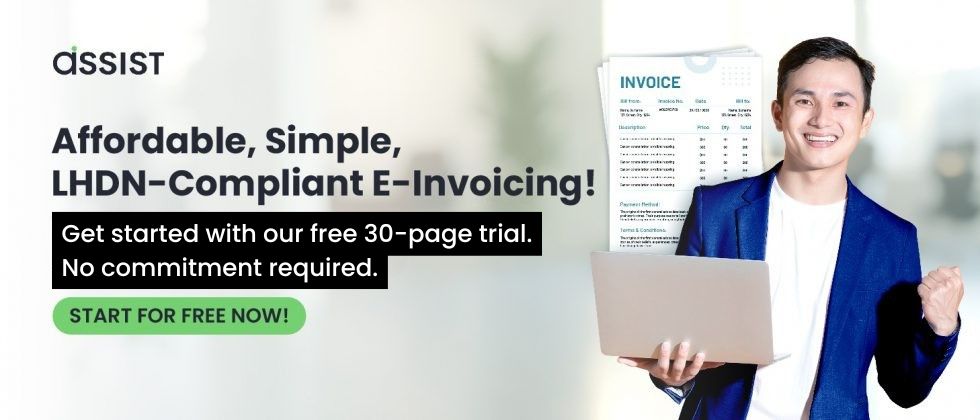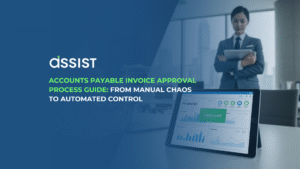As businesses face tighter compliance standards and mounting operational pressure, the need for reliable, fast, and error-free invoicing has never been more critical. Manual invoice processing leads to delays, mistakes, and compliance risks. This is where QR code-enabled automation shines—helping companies validate invoices instantly, securely, and in line with regulations.
In this article, we’ll break down how QR codes work in invoice validation, why they’re becoming mandatory, and how businesses can automate the process for speed and compliance.
Table of Contents
ToggleWhat Is Invoice Validation and Why It Matters in 2025
The Basics of Invoice Validation
Invoice validation is the process of confirming that all key details on an invoice—like tax numbers, totals, and supplier info—are correct, complete, and compliant with government or internal policies. It ensures that businesses only approve and pay for legitimate, accurate invoices.
Why It’s More Important Than Ever
- Government mandates: Countries are enforcing e-invoicing laws with strict validation protocols.
- Audit trails: Validated invoices make audits smoother and more transparent.
- Fraud protection: Validation can help detect fake or tampered invoices early.
Manual validation is time-consuming and error-prone. Automating this process, especially through QR code technology, is becoming essential.
How QR Codes Work in Invoice Validation
What QR Codes Contain
QR codes on invoices can store:
- Supplier tax ID (e.g., GSTIN)
- Invoice date and number
- Total amount and tax breakdown
- Unique digital signature
The Validation Process
When scanned, the QR code provides data that systems can verify against internal records or government platforms. This checks:
- Authenticity – Was the invoice issued by a verified supplier?
- Integrity – Has the invoice content been altered?
- Compliance – Does it meet local tax authority requirements?
This instant validation is what makes QR codes a game-changer.
Automating Invoice Validation with QR Codes
Step-by-Step Breakdown
- QR Code Scan – Software or apps extract embedded data from the invoice.
- Data Parsing – Information is converted into structured formats like JSON or XML.
- Verification Rules – Fields are cross-checked for vendor legitimacy, totals, and format.
- Automated Decision – If verified, invoices are approved; if not, flagged.
- Archival – Invoices are saved with digital logs for easy retrieval.
This workflow cuts down manual effort, speeds up payment cycles, and reduces compliance risks.
Global Use Cases: Why Businesses Are Adopting This Now
Malaysia: E-Invoicing Mandate
Malaysia’s LHDN has rolled out e-invoicing requirements for 2024–2025. QR codes are mandatory for B2B invoices, with real-time validation against the MyInvois platform.
Saudi Arabia: ZATCA Compliance
ZATCA requires QR codes with structured invoice data, validated via API in Phase 2 of their national e-invoicing initiative.
India: GST-Linked Validation
QR codes and Invoice Reference Numbers (IRNs) are required for larger businesses, integrating invoice data into the GST system instantly.
These examples show that automated validation is not just a trend—it’s fast becoming the global standard.
Common Pitfalls in QR Code Implementation
What to Avoid
- Improper formatting – Misaligned data structures break compliance.
- Hardcoded values – Static codes that fail to reflect actual invoice details.
- No validation logic – QR codes without automated checks defeat the purpose.
Best Practices
- Follow local regulatory formats (e.g., MyInvois, ZATCA, GSTN).
- Use dynamic, real-time QR code generation.
- Incorporate automated testing and fail-safes.
Choosing the Right Tech Stack for Invoice Automation
Must-Have Features
- API integration with accounting or ERP systems
- Real-time validation of QR data before transmission
- Built-in compliance with country-specific standards
- Scalability and ease of use for non-technical teams
Avoid solutions that only generate QR codes without validation features—they leave you exposed.
Final Thoughts: Automate with Confidence and Stay Ahead
The shift to e-invoicing and QR code validation is no longer optional. It’s a critical step toward better compliance, security, and operational efficiency. Businesses that adopt automation today will avoid penalties, reduce manual errors, and build a more agile finance function.
Ready for E-Invoice Compliance in Malaysia?
If you’re operating in Malaysia and want a compliant, easy-to-integrate solution for QR code-based invoice validation, assist.biz is built to support LHDN requirements and streamline your automation journey. Start now to stay ahead of the compliance curve.





